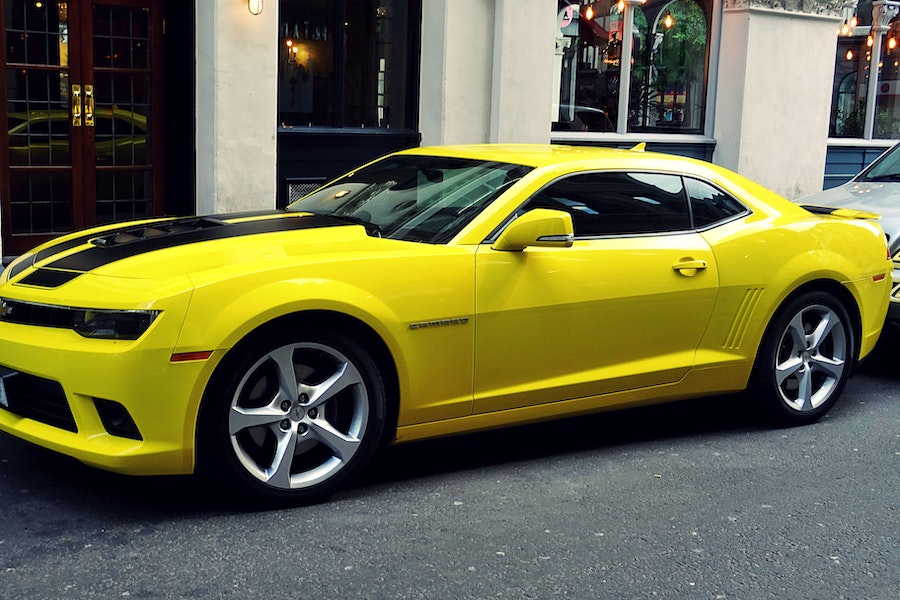Car window tinting is one of the most popular modifications that a lot of vehicle owners consider for various reasons. Whether you’re looking to enhance your car’s appearance, improve comfort, or increase privacy, window tinting offers several benefits.
In this comprehensive guide, we’ll dive deep into the world of car window tinting, discussing its advantages, considerations, types of tint, the tinting process, and maintenance tips that will help you make an informed decision.
The Benefits Of Car Window Tinting
UV Protection
Window tinting for cars acts as a dependable shield against the harmful ultraviolet (UV) rays that the sun emits. These rays can lead to skin damage, premature aging, and elevate the risk of skin cancer. Tinted windows have the capacity to obstruct as much as 99% of UV rays, ensuring the safety of both you and your passengers.
Heat Reduction
On a scorching summer day, the inside of a car can become unbearably hot. Tinted windows can reduce the amount of solar heat that enters your vehicle significantly, making it much more comfortable. This not only enhances your driving experience but also reduces the strain on your air conditioning system, potentially improving fuel efficiency.
Glare Reduction
Glare from other vehicles’ headlights or from the sun can be distracting and even dangerous while driving. Car window tinting helps minimize glare, ensuring better visibility and reduced eye strain, particularly during bright and sunny days or nighttime driving.
Privacy
Tinted windows offer an added layer of privacy by limiting the visibility into your vehicle from the outside. Whether you’re parked in a crowded area or simply desire a more secluded driving experience, tinted windows can provide peace of mind.
Aesthetics
Beyond its practical benefits, many vehicle owners choose car window tinting to enhance their car’s aesthetics. Tinted windows give your vehicle a sleek, modern, and customized appearance that sets it apart from others on the road.
Choosing the Right Window Tint
Selecting the appropriate window tint for your car is a crucial decision. Consider the following factors:
- Tint Darkness: Different regions have regulations regarding how dark window tint can be. Ensure that the tint you choose complies with local laws to avoid potential fines or legal issues. You can often find information on your state’s specific regulations online or by contacting local authorities.
- Tint Type: There are several types of window tint films available, each with its unique characteristics:
- Dyed Tint: This type of tint features a layer of dye that absorbs heat and reduces glare. It’s an affordable option and can provide good heat rejection.
- Metallic Tint: Metallic tints incorporate tiny metal particles within the film. These films offer superior heat rejection and can enhance radio signal reception. However, they may interfere with electronic devices.
- Ceramic Tint: Ceramic tints are a premium choice. They provide excellent heat rejection, UV protection, and glare reduction without interfering with electronics. They are also less likely to fade or change color over time.
The Window Tinting Process
When opting for professional window tinting, here’s a detailed look at the typical process:
Consultation
Many tinting shops offer consultations to help you choose the right tint for your needs. During this phase, you can discuss your preferences, the type of tint that suits your requirements, and any concerns with the professionals.
Preparation
The technicians will start by cleaning and preparing the windows meticulously. Proper preparation ensures that the tint adheres correctly and smoothly to the glass surface.
Film Application
The selected tint film is then cut precisely to match the dimensions and shape of each window. Experienced technicians apply the film carefully, using techniques to prevent bubbles, creases, or imperfections.
Curing
After the film is applied, it needs time to cure and adhere fully to the glass. The curing period is crucial for the tint to achieve its desired performance characteristics. This typically takes a few days, depending on the type of film used.
Quality Control
Before returning the vehicle to the owner, a thorough quality control inspection is conducted. Technicians check for any imperfections, ensuring that the tint is free of defects.
Maintaining Your Tinted Windows
Proper maintenance is essential to preserve the appearance and functionality of your tinted windows:
- Cleaning: Use a mild, ammonia-free window cleaner and a soft, lint-free cloth to clean your tinted windows. Make sure you avoid any harsh chemicals or abrasive materials that can damage the tint. Frequent cleaning helps keep your windows looking clear and pristine.
- Protection: Whenever possible, park your vehicle in the shade or use a sunshade to minimize prolonged sun exposure. UV rays can cause the tint to degrade over time, so protection is crucial.
- Avoiding Scratches: Be cautious when loading or unloading items near the windows, as sharp objects or abrasive surfaces can scratch the tint. Using caution can help preserve the tint’s appearance.
- Prompt Repairs: If you notice damage to your tint, such as peeling or bubbling, have it repaired promptly. Most tinting warranties cover these issues, so taking swift action can help maintain the tint’s integrity.
Conclusion
Car window tinting offers numerous benefits, from UV protection and heat reduction to enhanced privacy and aesthetics. However, it’s essential to choose the right tint, comply with local regulations, and consider professional installation for the best results.
With proper care and maintenance, your car’s tinted windows will continue to provide these advantages for years to come. Whether you’re looking to improve your driving experience or simply give your vehicle a fresh look, car window tinting is a worthwhile consideration that can transform your vehicle in various ways.

